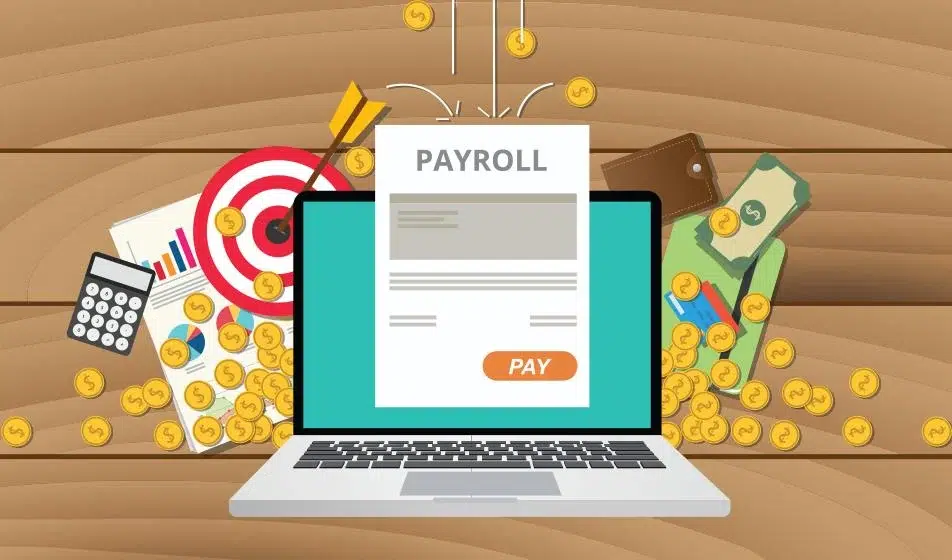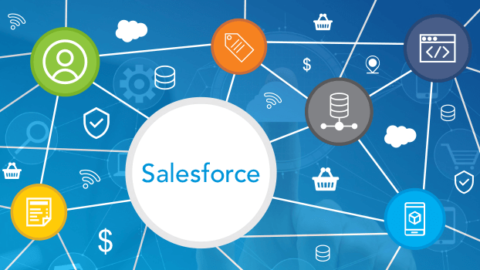Streamlining Payroll: A Guide to Implementing Direct Deposit for Workforce Efficiency
Introduction to Direct Deposit
The digital age has transformed the traditional paycheck into an antiquated artifact. As businesses adapt to an ever-evolving technological landscape, the shift towards electronic payment methods has become paramount. Direct deposit emerges as a beacon of efficiency in this respect, providing a seamless, electronic transfer of funds into employees’ bank accounts. The benefits of incorporating payroll direct deposit into an organization’s payroll process are manifold, enhancing both the employer’s and employees’ experience by injecting simplicity and reliability into financial transactions.
Table of Contents
The Advantages of Direct Deposit for Employers
For the employer, the immediate allure of direct deposit lies within its capacity to cut down on manual processes that are both time-consuming and resource-intensive. With direct deposit, printing and distributing physical checks becomes a relic of the past. This modernization of payroll systems leads to a significant decline in administrative costs. Additionally, employers benefit from a heightened level of security. Unlike paper checks, which could be lost, stolen, or forged, direct deposit transactions are protected by robust banking protocols. This layer of protection is accompanied by increased accuracy and reliability in dispersing employee wages, contributing to a more trustworthy and efficient payroll system.
Employee Benefits of Receiving Direct Deposit
The convenience that direct deposit provides for employees cannot be overstated. The expedited delivery of funds on payday negates any delays caused by traditional means of payment. Employees relish in the ability to access their earnings without visiting a bank or cashing a check, an advantage that is all the more relevant in today’s socially distant landscape. Furthermore, by funneling income directly into their bank accounts, employees can better manage their finances with direct deposit, encouraging saving and budgeting practices.
The Setup Process: Employer Considerations
Initiating a direct deposit system within a company is not without necessary forethought and preparation. Employers must collaborate with financial institutions or identify a robust payroll service provider to fulfill their needs. Beyond selecting the appropriate partner, employers must navigate a maze of legal and regulatory requirements to ensure their payroll practices comply with all pertinent laws. The privacy and security of employee data stand at the forefront of these concerns, requiring rigorous safeguards to be put in place to protect sensitive information during the initial setup and ongoing operations.
Steps to Implement Direct Deposit for Employees
The crux of implementing direct deposit is collecting and handling employee banking information. This process, governed by consent, necessitates clear communication and meticulous attention to detail to ensure accuracy. Employers must present a comprehensive plan to their human resources and payroll departments, detailing the steps required to achieve a smooth transition. This plan often includes gathering employee consent forms, verifying banking details, and educating employees on monitoring their deposits each pay cycle. The intent should always be to foster a secure and user-friendly system for all parties involved.
Common Challenges and Solutions in Direct Deposit Implementation
Switching to direct deposit may come with challenges, including reluctance from employees unfamiliar with electronic banking and potential hiccups in aligning with the varied banking institutions. Employers must address these concerns with patience and clarity, offering support and assistance to those needing help with the transition. Compatibility issues or banking errors may arise on the technical front, requiring a proactive approach to identify and solve such problems promptly. A detailed contingency plan should be in place to mitigate disruptions and maintain the workforce’s trust in the new system.
Integrating Direct Deposit with Payroll Software
Integrating payroll software into managing direct deposit transactions significantly upgrades payroll processes. The primary benefit of this integration lies in the automation of recurring tasks, which reduces the potential for human error and streamlines operations. When selecting payroll software, businesses should prioritize systems that offer intuitive interfaces, comprehensive reporting, and compatibility with various banking institutions. Moreover, the software should be scalable to accommodate the organization’s growth and its employees’ evolving needs.
Direct Deposit and Remote Workers: Addressing the New Norm
As the paradigm of the traditional workspace shifts towards a more remote-centric model, the capacity to manage payroll for a dispersed workforce becomes even more critical. Direct deposit is ideal for employees across different locales, states, or countries. Employers must ascertain that their direct deposit system is usable and compliant with the unique banking regulations and tax laws in each region where they have remote workers. This ensures that all employees receive their wages promptly and accurately regardless of location.
Direct Deposit in the Gig Economy
Direct deposit provides stability for gig workers in an economy increasingly influenced by short-term contracts and freelance work. This payment method appeals to those who value swift, reliable transactions without needing physical presence or paperwork delays. For employers, this presents an opportunity to streamline processes and demonstrate professionalism that can attract and retain top freelance talent. Implementing direct deposit in the gig economy simplifies financial engagement and builds trust and dependability between employers and their contingent workforce.
Staying Informed: The Future of Payroll and Direct Deposit Technology

As we gaze into the horizon of financial technology’s future, it is clear that the progressions made within the realm of payroll will be substantial. With the onset of fintech innovations such as blockchain and artificial intelligence, payroll processing capabilities are set to expand dramatically. Forward-thinking businesses are keen to adapt to these changes, ensuring their payroll systems incorporate the latest direct deposit technologies. By staying informed on these trends and understanding the potential of new platforms and methods, organizations can continue to refine their payroll strategies, keeping them in concert with the cutting edge of financial management.
For additional viewpoints on the financial benefits that direct deposit can bring to an organization, here is a resource from a top financial publication: The Financial Benefits of Direct Deposit. To develop a deeper understanding of the technological trends shaping the future of payroll, consider insights from the Society for Human Resource Management: Evolution of Payroll Technology.

David is a dynamic, analytical, solutions-focused bilingual Financial Professional, highly regarded for devising and implementing actionable plans resulting in measurable improvements to customer acquisition and retention, revenue generation, forecasting, and new business development.











